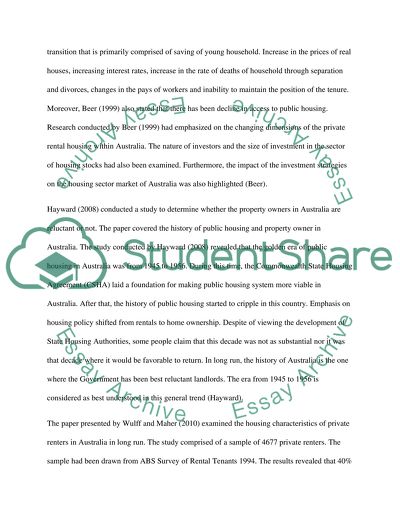Cite this document
(Housing Market in Australia Literature review Example | Topics and Well Written Essays - 1500 words, n.d.)
Housing Market in Australia Literature review Example | Topics and Well Written Essays - 1500 words. Retrieved from https://studentshare.org/marketing/1457870-housing-market-in-australia
Housing Market in Australia Literature review Example | Topics and Well Written Essays - 1500 words. Retrieved from https://studentshare.org/marketing/1457870-housing-market-in-australia
(Housing Market in Australia Literature Review Example | Topics and Well Written Essays - 1500 Words)
Housing Market in Australia Literature Review Example | Topics and Well Written Essays - 1500 Words. https://studentshare.org/marketing/1457870-housing-market-in-australia.
Housing Market in Australia Literature Review Example | Topics and Well Written Essays - 1500 Words. https://studentshare.org/marketing/1457870-housing-market-in-australia.
“Housing Market in Australia Literature Review Example | Topics and Well Written Essays - 1500 Words”, n.d. https://studentshare.org/marketing/1457870-housing-market-in-australia.


